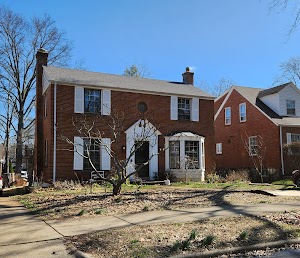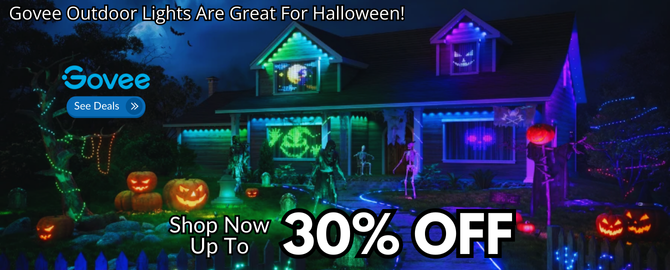Description
The Exorcist House, located at 8435 Roanoke Drive in St. Louis, Missouri, gained notoriety due to its association with a real-life exorcism case that inspired the famous novel and subsequent film “The Exorcist.” Here’s some information about the Exorcist House:
In 1949, a 14-year-old boy known by the pseudonym “Roland Doe” or “Robbie Mannheim” experienced a series of bizarre and unsettling occurrences at his family’s home in Maryland. These included objects moving on their own, unexplained sounds, and the boy’s apparent possession by a malevolent entity.
Unable to find a solution, Roland’s family sought the help of a Jesuit priest, Father Albert Hughes. Recognizing the severity of the situation, Father Hughes arranged for Roland’s exorcism to be performed at Georgetown University Hospital in Washington, D.C. After unsuccessful attempts, the case was referred to St. Louis University.
At the Alexian Brothers Hospital in St. Louis, Roland underwent a series of exorcism rituals conducted by Father William S. Bowdern, Father Raymond J. Bishop, and other assisting priests. The exorcism lasted for several weeks, during which time Roland’s behavior was said to be violent and his body contorted in unnatural ways.
The Exorcist House on Roanoke Drive in St. Louis is not the original location where the exorcism took place, but it is the home where Roland’s family resided during that time. The exact details of the events that occurred within the house during the exorcism are somewhat obscured, as the case was kept confidential to protect the family’s privacy.
It’s important to note that while the events surrounding the exorcism of Roland Doe inspired the fictionalized accounts in “The Exorcist,” the house itself does not hold any official recognition as a haunted location. Some residents who have lived in the area since the exorcism have reported occasional paranormal activity or strange occurrences, but these claims remain unverified.
The Exorcist House continues to intrigue those fascinated by the supernatural and the history of exorcism cases. However, it’s essential to approach these stories with a critical mindset, as paranormal claims often lack scientific evidence and rely heavily on personal belief and interpretation.



